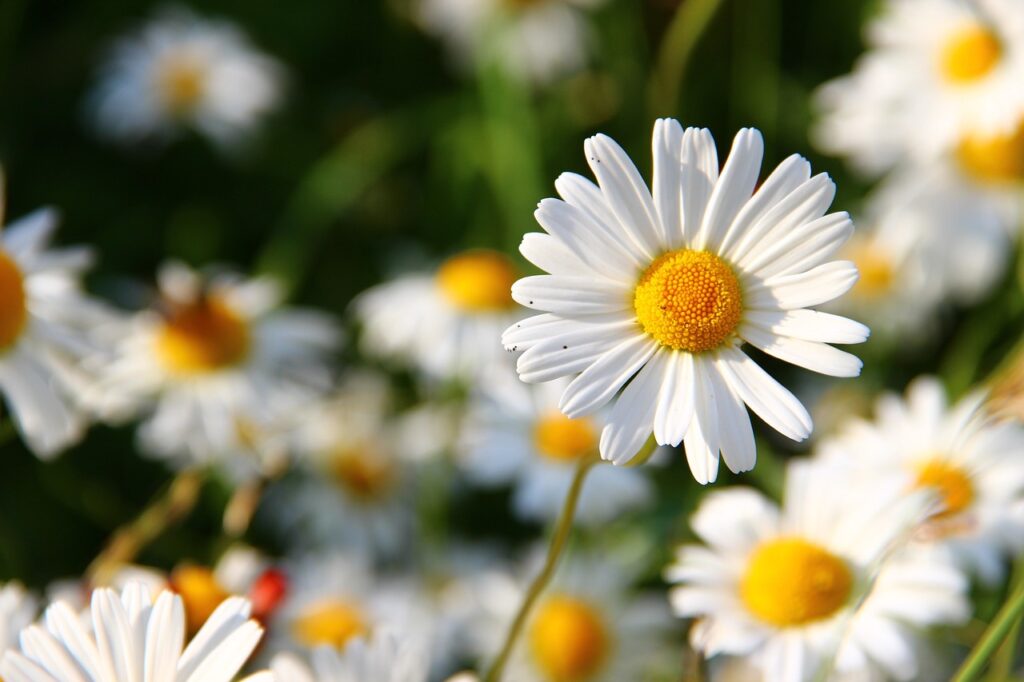In an era where environmental concerns are at the forefront of our minds, designing a sustainable garden has never been more pertinent. Not only does a sustainable garden benefit the planet by conserving resources and reducing pollution, but it also provides a beautiful and harmonious space for relaxation and enjoyment. Whether you’re a seasoned gardener or just starting out, here’s a comprehensive guide to help you design a sustainable garden that thrives while minimizing its environmental impact.

Understanding Sustainability in Garden Design
Sustainability in garden design revolves around mimicking natural ecosystems, conserving resources, and minimizing waste. It’s about creating a garden that works with nature rather than against it, fostering biodiversity, and promoting soil health. By adopting sustainable practices, you can create a resilient garden that requires less maintenance and supports local wildlife.
Start with a Plan
Before you break ground, take the time to carefully plan your sustainable garden. Consider factors such as your climate, soil type, sunlight exposure, and available space. Assess your site’s natural features and challenges, such as slopes, drainage issues, or existing vegetation. By understanding your garden’s unique characteristics, you can design a landscape that is well-suited to thrive in its environment.
Choose Native Plants
Selecting native plants is essential for a sustainable garden. Native species are adapted to the local climate, soil conditions, and wildlife, requiring less water, fertilizer, and pesticides to thrive. They also provide habitat and food for native pollinators and other wildlife, promoting biodiversity in your garden. Research native plant species that are well-suited to your region and incorporate them into your garden design.
Embrace Diversity
Diversity is key to a resilient and sustainable garden. Aim to create a diverse ecosystem by incorporating a variety of plants, including trees, shrubs, perennials, and groundcovers. Choose plants with different blooming times, heights, and textures to provide visual interest throughout the year and support a wide range of pollinators and beneficial insects.
Conserve Water
Water conservation is a critical component of sustainable gardening, especially in regions prone to drought. Implement water-saving techniques such as mulching, which helps retain soil moisture and suppress weeds, and installing rain barrels or a drip irrigation system to efficiently water your garden. Grouping plants with similar water needs together and watering deeply but infrequently can also help conserve water and promote healthy root growth.
Practice Soil Health
Healthy soil is the foundation of a sustainable garden. Incorporate organic matter such as compost, leaf mulch, or aged manure into your soil to improve its structure, fertility, and moisture retention. Avoid tilling or disturbing the soil unnecessarily, as this can disrupt soil ecosystems and lead to erosion. Instead, use techniques like sheet mulching or lasagna gardening to build healthy soil over time.
Minimize Chemical Inputs
Reduce your reliance on synthetic fertilizers, pesticides, and herbicides in favor of natural alternatives. Integrated Pest Management (IPM) techniques, such as attracting beneficial insects and using companion planting to deter pests, can help keep your garden healthy and pest-free without resorting to harmful chemicals. Additionally, avoid using synthetic fertilizers that can leach into groundwater and harm beneficial soil organisms.
Create Wildlife Habitat
Encourage biodiversity in your garden by providing habitat for wildlife. Incorporate features such as bird feeders, nesting boxes, and native plants that attract pollinators, butterflies, and other beneficial insects. Avoid using pesticides and herbicides that can harm wildlife, and consider leaving some areas of your garden wild or untamed to provide shelter and food for animals.
Practice Responsible Garden Maintenance
Regular maintenance is essential for keeping your sustainable garden healthy and thriving. However, it’s important to practice responsible gardening techniques that minimize your environmental impact. Use hand tools or electric equipment instead of gas-powered machinery to reduce emissions and noise pollution. Collect rainwater for irrigation and compost yard waste to reduce landfill contributions. By taking a mindful approach to garden maintenance, you can support the long-term health and sustainability of your garden.
Designing a sustainable garden is not only beneficial for the environment but also rewarding for the gardener. By following these guidelines and principles, you can create a beautiful and resilient garden that conserves resources, supports biodiversity, and brings joy to your life. Whether you’re starting from scratch or transforming an existing landscape, embracing sustainability in your garden design is a step towards a greener future for generations to come.
